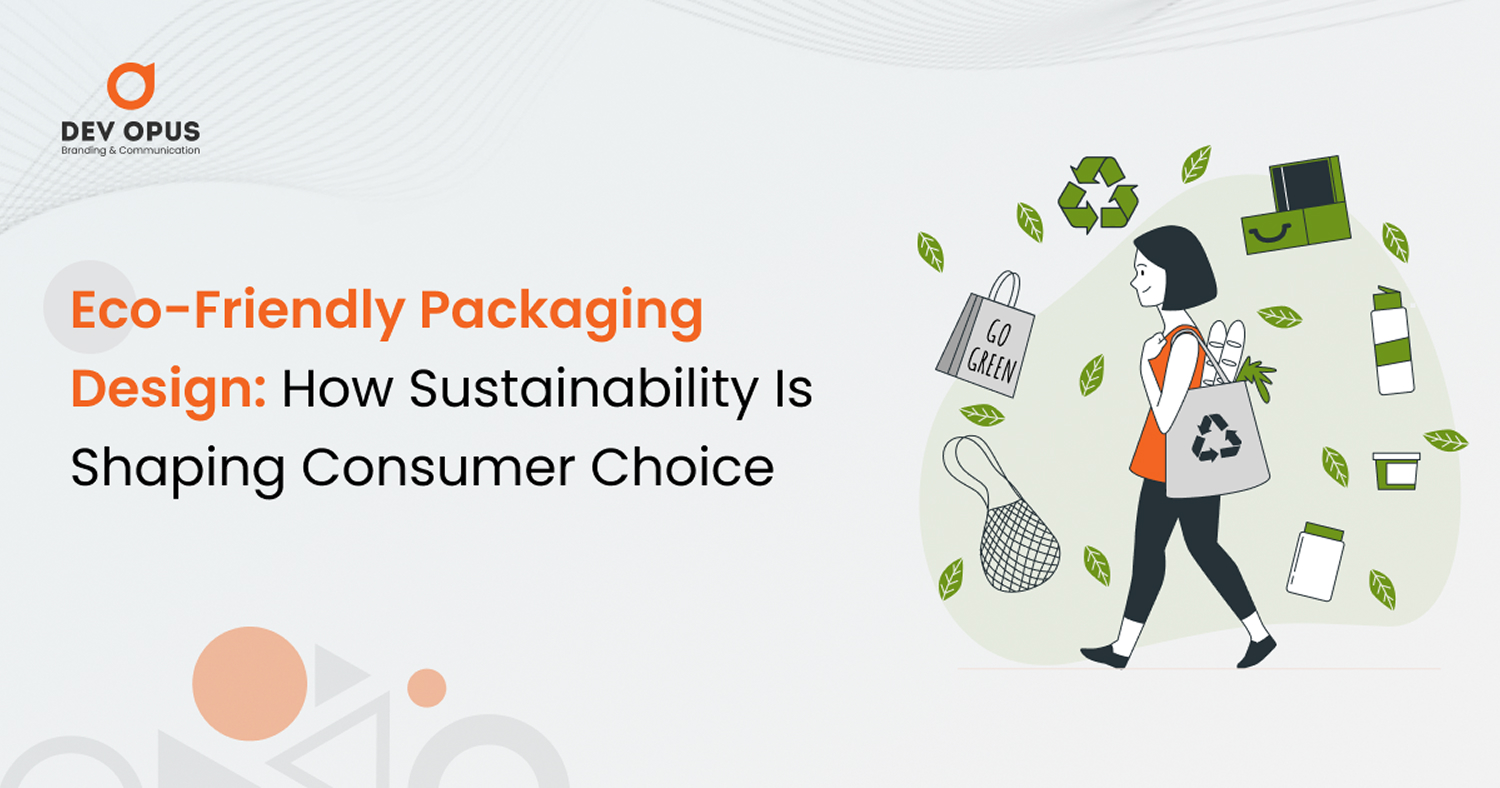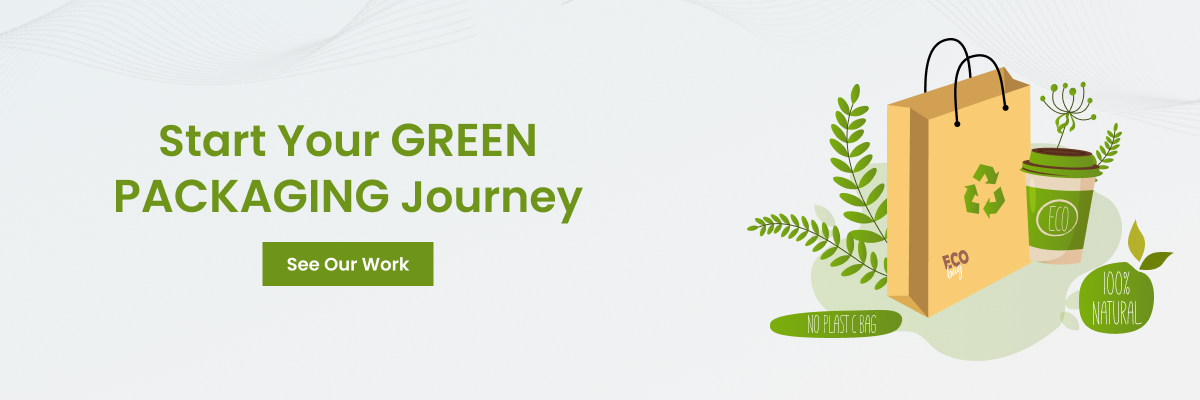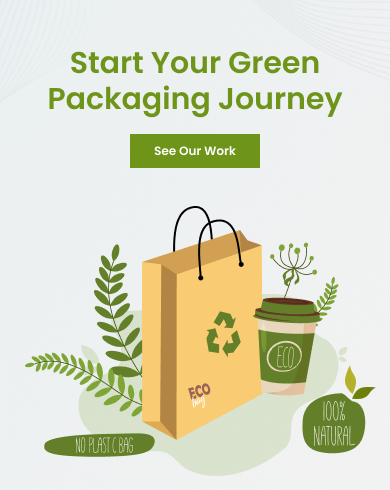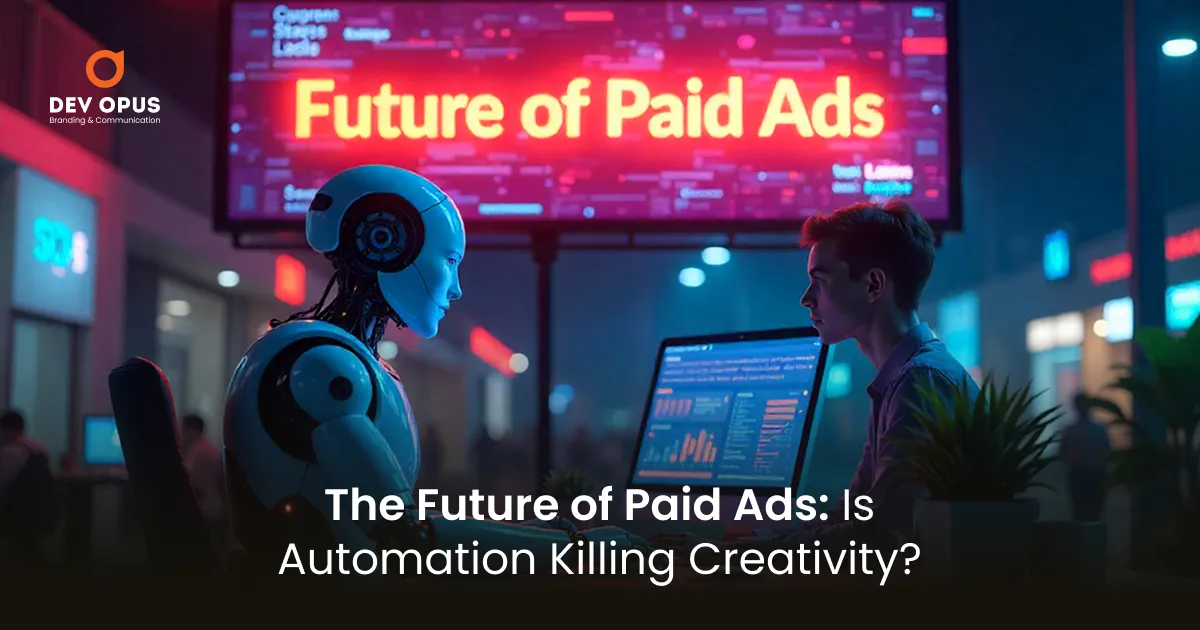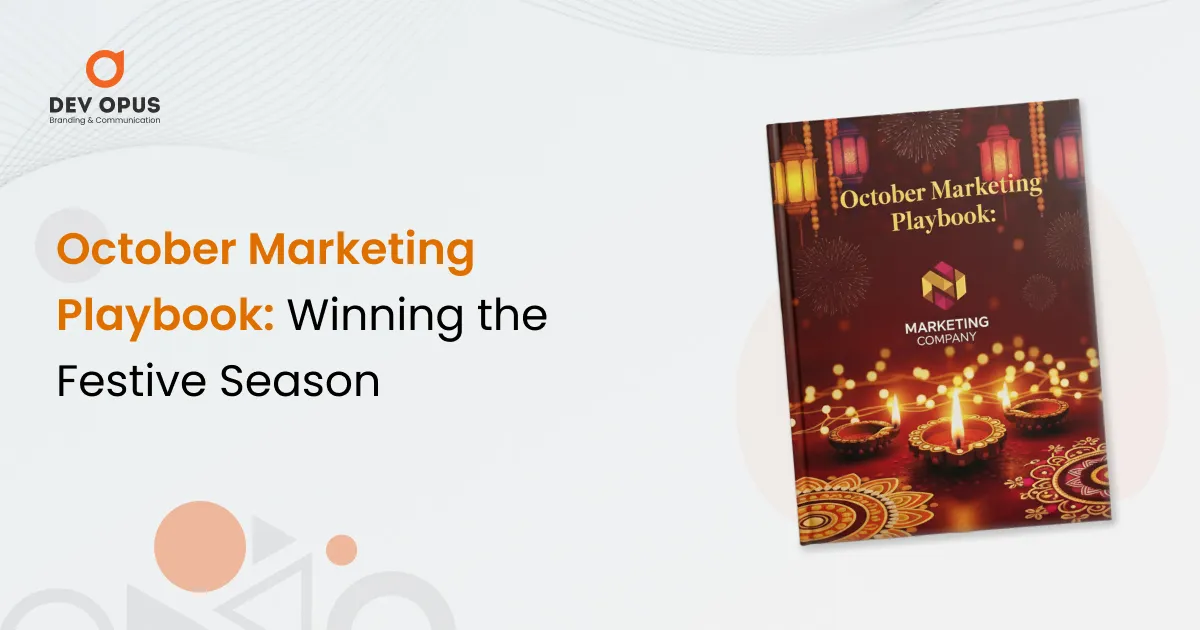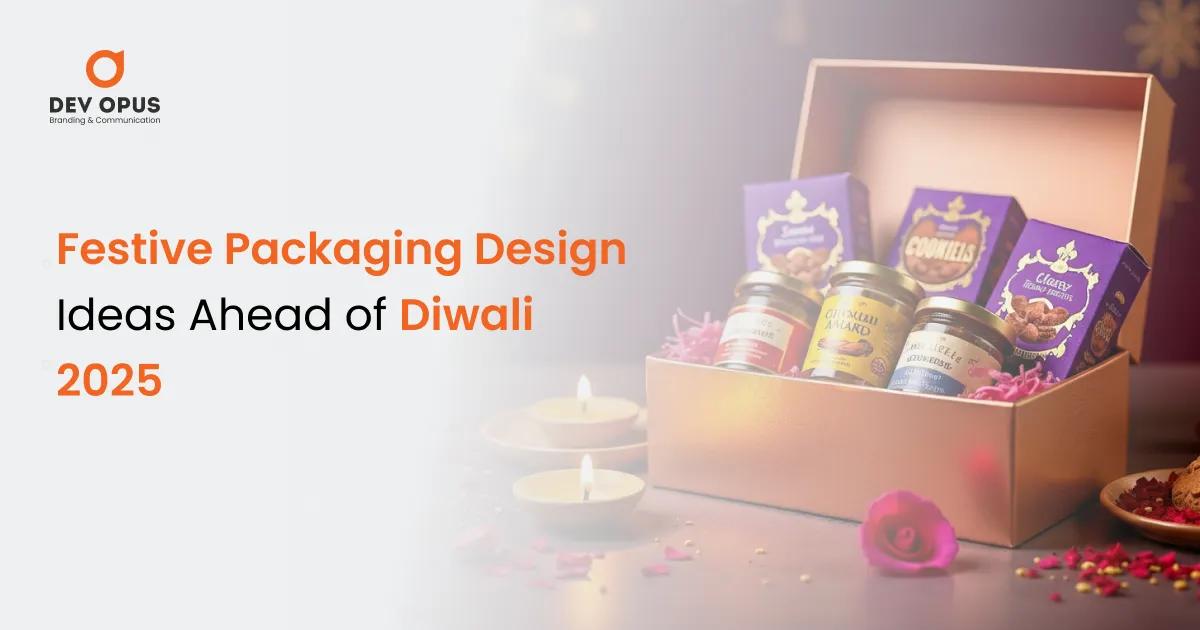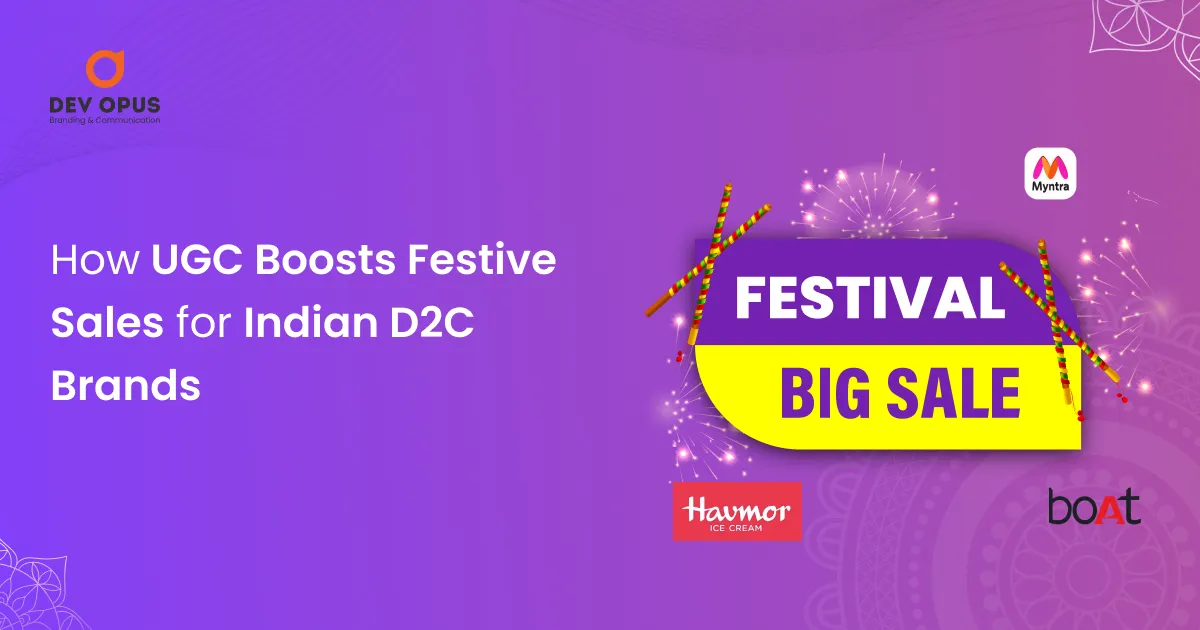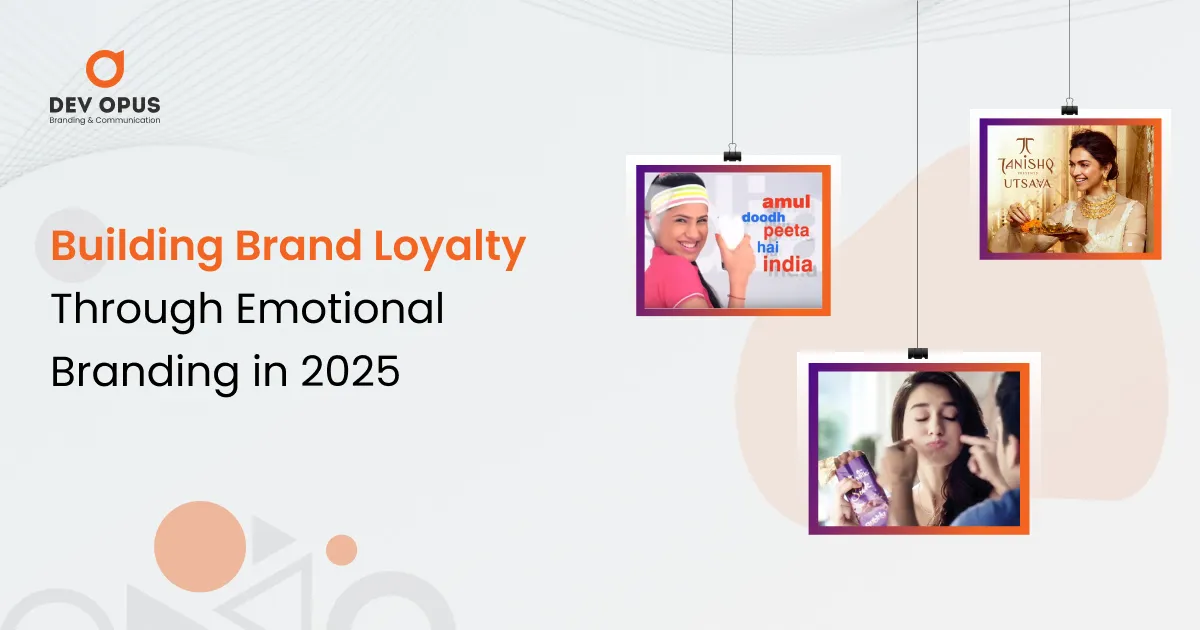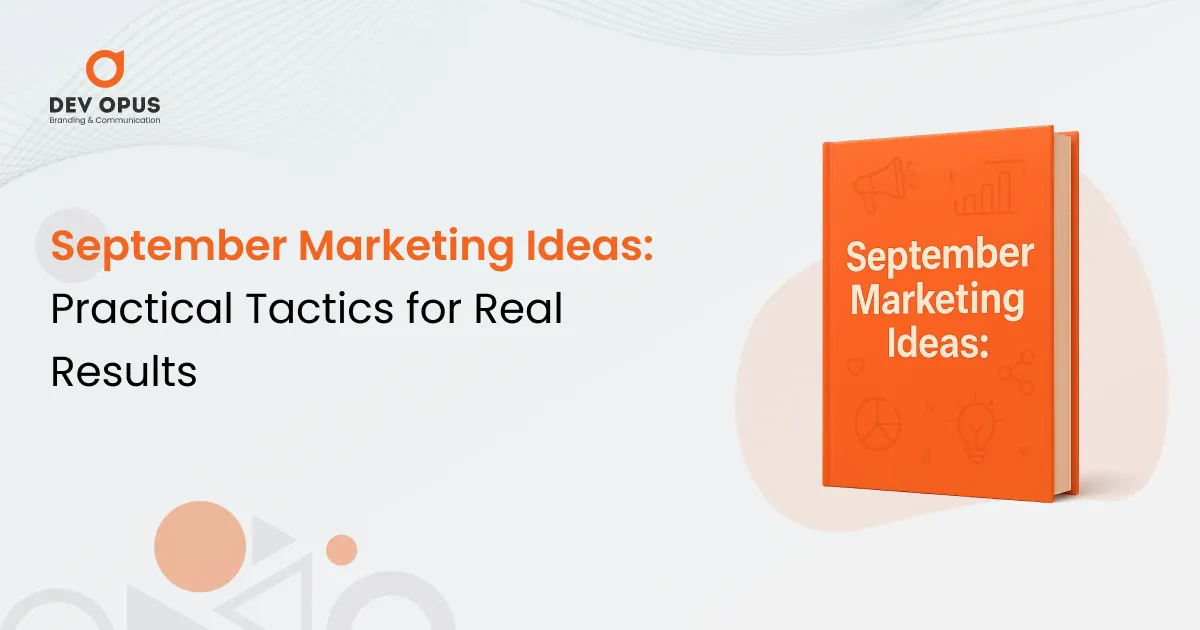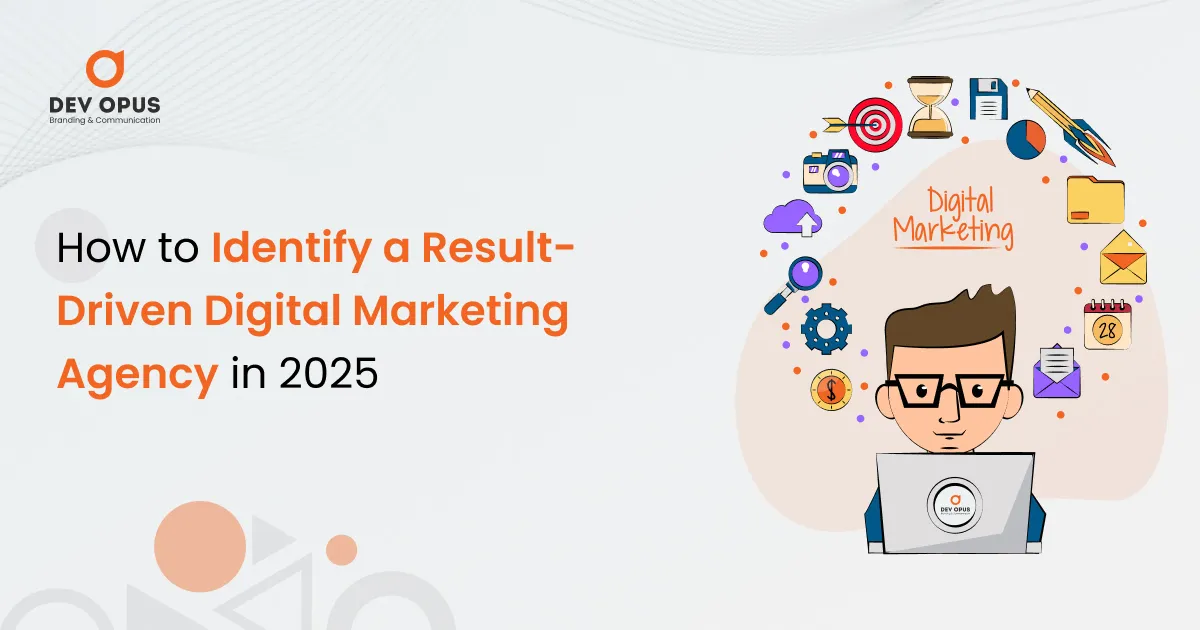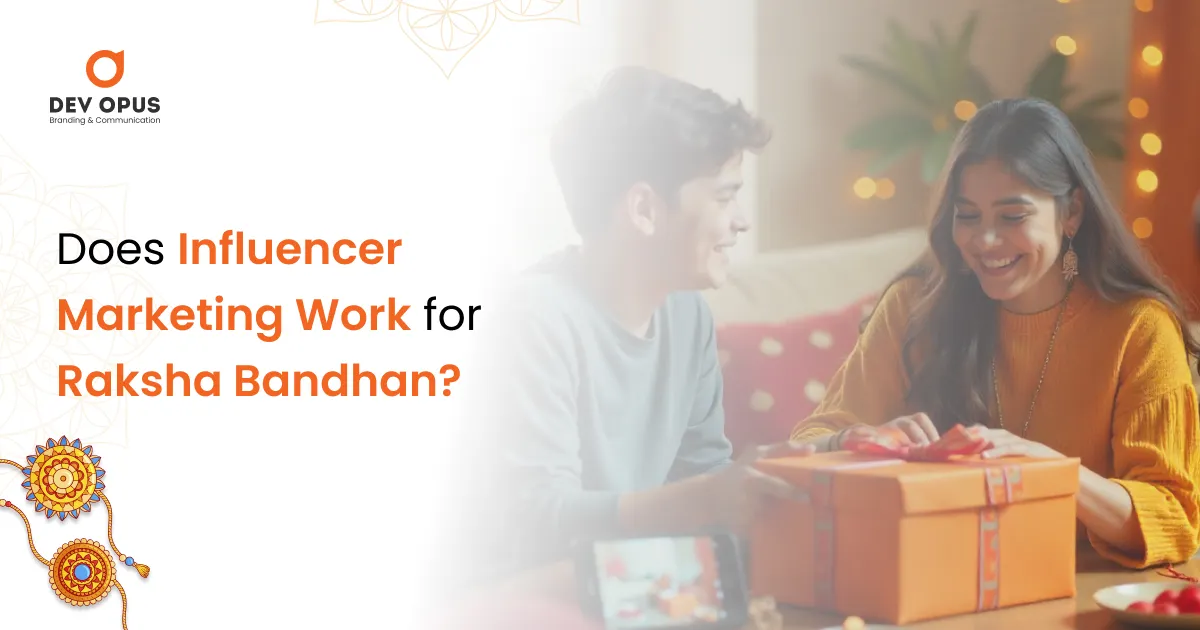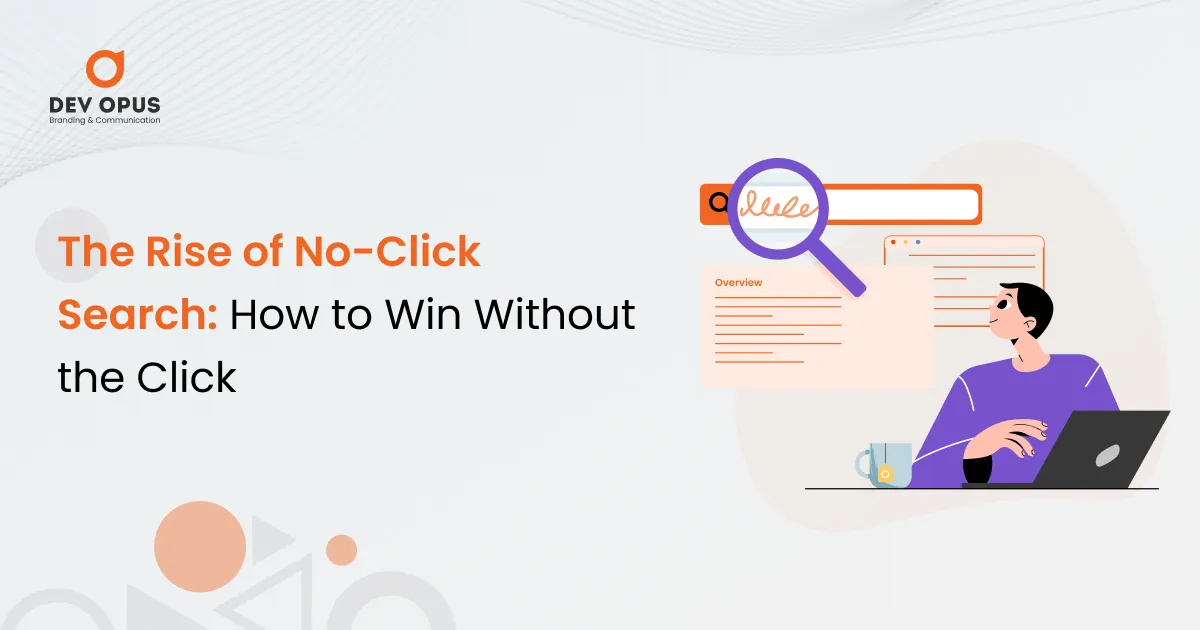Imagine going to a supermarket, and in the rack, you see packaging whispering, “We care – for you and the planet,” naturally drawing your attention to its design and message. That’s how the era of eco-friendly packaging and sustainability in the buzzwords is powerful and driving customer and brand loyalty.
That shift in mindset has turned eco-friendly design from a “nice-to-have” into a strategic imperative. Brands that ignore it risk fading into the background, while those who embrace it stand out, win hearts, and earn long-term loyalty.
People are becoming eco-conscious, and brands are also putting efforts into sustainable packaging to save our environment. As the public has become more educated and understanding of issues like plastic and carbon footprints, they have actively sought product packaging and even carry bags in the form of jute material or recyclable materials that save the environment and nature, and brands that are following are winning hearts and earning long-term loyalty.
That’s a shift of mindsets that have turned to designs also, creating eco-friendly packaging that will get picked from the shelves first.
Derived from renewable sources like corn starch or sugar, the material breaks down naturally under composting conditions. Cosmetic and food industries have adapted these materials, ensuring that wrappers and containers vanish without leaving toxic residues. There are many other materials that are biodegradable and good for packaging.
Eco-friendly isn’t synonymous with “boring”. In fact, sustainability can fuel creativity:
Many forward-thinking brands collaborate with a graphic design company in Ahmedabad to ensure that every eco-conscious detail—fonts, visuals, and storytelling—is aligned with their sustainability message.
Imagine opening a package and finding seeds that can be planted at home or in a garden. This packaging is becoming famous. Who wouldn’t love seeds that grow into beautiful flowers, fruits, or vegetables?
A packaging made of a metal box or glass bottle that can be reused long-term for storage. This reduces waste and creates an ongoing relationship between the brand and the consumer.
Some brands follow a ‘less is more’ approach, for example, one material, one form, and unnecessary layers. Think of chocolate that is wrapped in single packaging rather than three-layer packaging; this eliminates excessive usage of plastics. This is sleek and efficient.
Some brands follow a ‘less is more’ approach, for example, one material, one form, and unnecessary layers. Think of chocolate that is wrapped in single packaging rather than three-layer packaging; this eliminates excessive usage of plastics. This is sleek and efficient.
Some brands follow a ‘less is more’ approach, for example, one material, one form, and unnecessary layers. Think of chocolate that is wrapped in single packaging rather than three-layer packaging; this eliminates excessive usage of plastics. This is sleek and efficient.
Some brands follow a ‘less is more’ approach, for example, one material, one form, and unnecessary layers. Think of chocolate that is wrapped in single packaging rather than three-layer packaging; this eliminates excessive usage of plastics. This is sleek and efficient.




